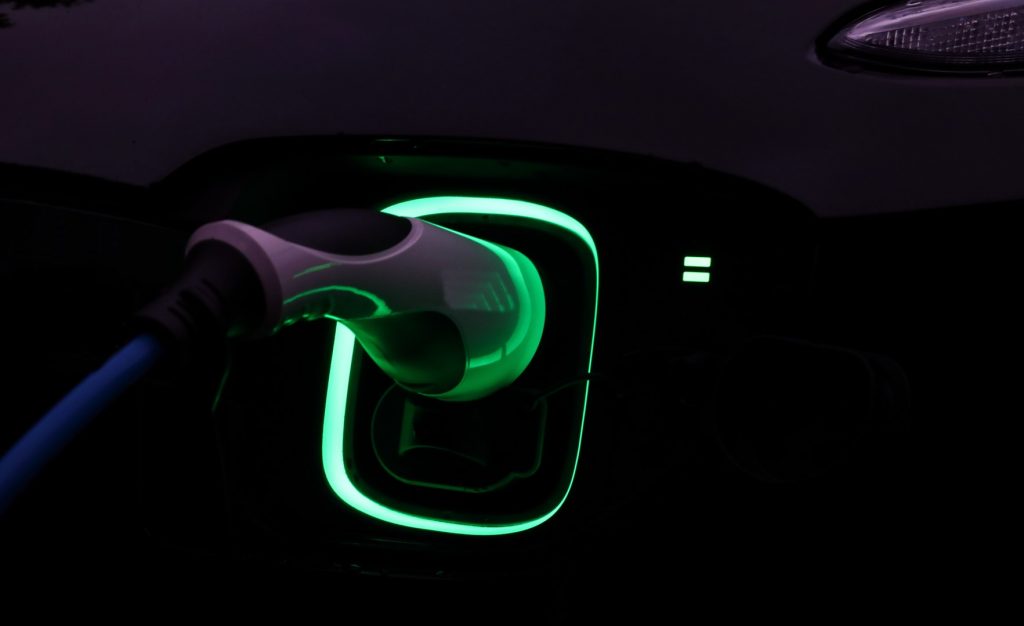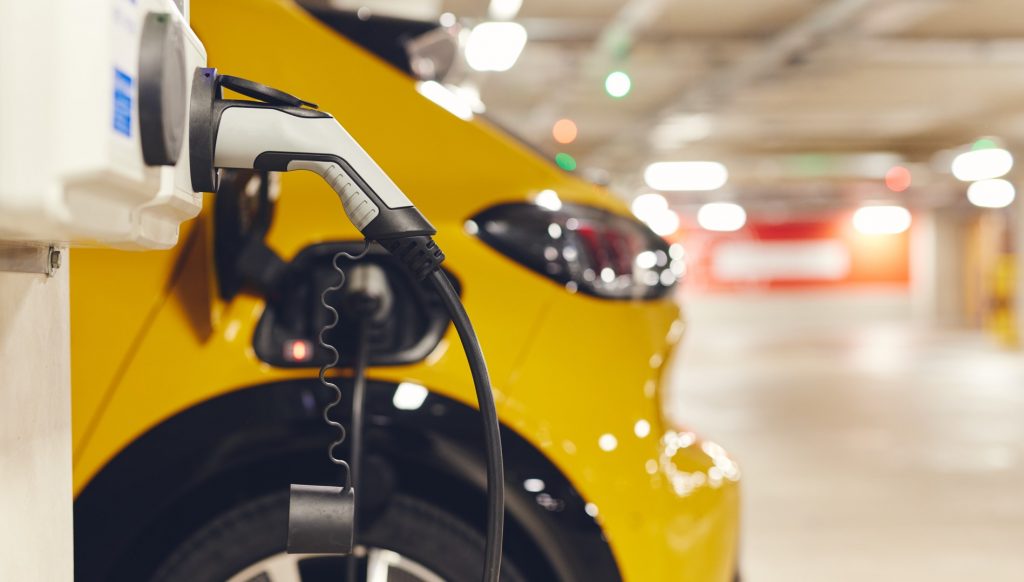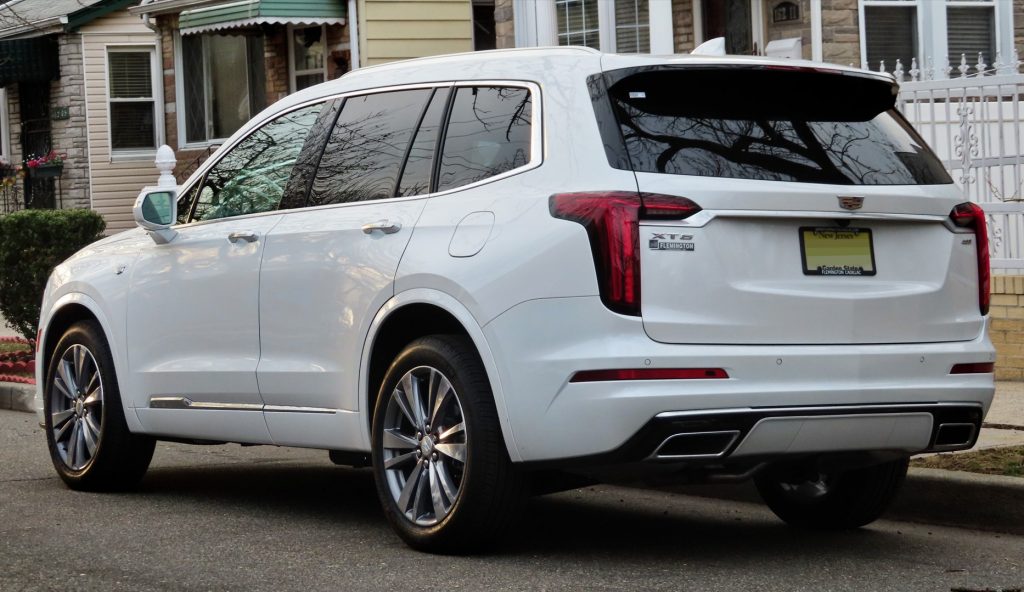What are the top innovative electric vehicle models of 2023? Let’s dig into the EVs industry and see the most remarkable and promising electric cars with the most innovative solutions that will be released or available in shops in 2023.
How did the history of electric cars begin?
The first electric car was introduced over 190 years ago, or more precisely, in 1830. In fact, electric cars appeared before the internal-combustion engine, and it was always a concept that inventors strived to make work. Those battery-powered carriages were safer, cleaner, and involved no animal exploitation. Even in the late 1980s, electric cars were considered a superior technology of the digital future.

Electric cars 2023 – top models and innovations
Fun fact: women could own an electric vehicle decades before they were allowed to vote. The car became a symbol of female emancipation.
So what happened with the electric car industry? Why do we have a development gap of decades? Electric car production and development reached their peak in 1912, the same year the starter motor was introduced. Chronologically, the modern oil industry was forming at this time, increasing the availability of gasoline while electricity and batteries were not available to everyone. The early failure of electric vehicles and the rise of the internal combustion engine can be largely attributed to liquid fuels providing more energy per unit mass than lead-acid batteries. There was also a psychological barrier: the limited number of electric car batteries and the fear of being unable to charge their cars made people reject the innovation.
It was the first time electric cars died before they were reborn in 2003 by Alan Cocconi and Tom Gage, who built an electric roadster called the tzero, a technology that was commercialized by Tesla, a small startup from Silicon Valley.
Modern-day electric cars: the century of EVs
The battle that started over 100 years ago still continues. With the development of electric cars, the internal combustion engine tries to keep up with the pace, offering innovative solutions to cut fuel waste and increase power.
Still, the world is changing, and it’s unstoppable. The global EV sales and market outlook show the industry development curve to be exceptionally positive. Here are some numbers and statistics to consider:
- Electric car sales doubled in 2021 compared to 2020, setting a new record of 6.6 million.
- In 2021, 10% of global car sales were electric.
- In 2022 Q1, there are already 3,2 new electric vehicles registered worldwide.
- The global stock of electric buses grew to 670.000 with plans to turn the whole public transportation industry electric.
- With Europe’s ambitions to become a climate-neutral continent by 2050, the European Commission promotes EVs and expects to have 30 million cars by 2030.
- China is the leading country, covering 75% of the global battery production volume.
- During 2021, EVS saved over 40 million metric tons of carbon dioxide equivalent (GHC) emissions.
- Car manufacturers respond positively to global changes by presenting partially or fully electric fleets.
EV industry innovations to watch out in 2023-2024
The rapid expansion of EV infrastructure and technological innovations make us believe in a better future with low-carbon transportation, smart cities, and sustainability. In less than 10 years, we will have over 145 million EVs on the streets, but now the industry is just starting a wholesale switch to electric cars. For the coming year(s), we will have the following innovations in EV infrastructure.

In less than 10 years, we will have over 145 million EVs on the streets, but now the industry is just starting a wholesale switch to electric cars. Image credit: Envato Elements
Vehicle-to-grid
One of the most anticipated and useful features is vehicle-to-grid (V2G) charging, which allows an EV battery to be exported to the grid. Thus, EV consumers will become prosumers, providing electricity whenever needed. Octopus Energy’s Powerloop project already shows how V2G works and how owners of electric cars can benefit from the innovation.
Electric cars with wireless charging
We already have the technology for smartphones and gadgets. Now we need it for electric cars. The innovation is going to be delivered by the same principle. The innovation allows multiple cars to be charged at once. The first wireless chargers have already been installed in Nottingham in 2020, and if successful, the technology will be expanded globally.
Fast charging of the EVs
The major downside of electric cars is their slow charging. While you can refill fuel in less than two to three minutes, it may take hours before you can drive your electric car. Ultra-fast charging is a lifesaver for longer journeys. High-power charging is not the future but already the present.
Pop-up and lamppost chargers
Massive gas stations, looking unattractive, will be replaced by chargers that can be retracted into the ground when not in use.
Electrified roads
It is not a crazy idea but quite a realistic perspective. The first electrified road (2 km long) is already operating in Sweden, and future analogs will also have the problem of charging stations.
Factors driving demand for electric vehicles
Besides being smart and technology-driven, EVs will soon make a global revolution in the industry and have the power to transform the world. The factors driving demand for EVs are more than substantial.

EV industry stats: EV sales doubled in 2021 compared to 2020, setting a new record of 6.6 million. Image credit: Envato Elements
Urbanization: More cars on the roads are a global problem. One of the ways to deal with heavy traffic is to switch to small and efficient cars.
Pollution and congestion concerns: Sustainability is becoming the goal of most industries and businesses aiming to reduce CO2 emissions and pollution. EVs are the major component needed to reach the goal.
Battery technology expanse: With the development of battery technology and the range of EVs, new cars are more effective for long distances. The next stage is high-speed charging.
Fuel rate increase: The major factor in EV development is the constantly rising price of gas. The past two years have been the most critical for the global economy. The happy owners of electric cars already forget the pain of paying for gas.
Technologies driving progress: This factor that once hindered the development of electric cars has now become a driving component. The technologies made EVs look and feel superior, making them more desirable. The only obstacle to EV mass adoption is the high purchase price.
Policy support: The EV market is in its early stages of development and getting massive governmental support globally. Countries promote electric cars with tax reductions and exemptions, free charging stations, parking permissions, etc.
Newest electric cars 2023 coming soon
The coming years will be packed with new, hot electric cars. Most of them are still in the concept stage, but let’s check out those that will soon be available.
Cadillac XT6 SUV: The next-generation Lyriq model will work on Ultium scalable battery infrastructure, with a curved 33-inch LED display stretching on the instrument panel, 100.0-kWh worth of capacity, and 300 miles on a single charge.
On sale: early 2023
Starting price: $59.990

Cadillac XT6 SUV electric car rear view. Image by Kevauto – Own work, CC BY-SA 4.0
Audi A6 e-tron: The concept is based on the Premium Platform Electric architecture with two electric motors (a combined output of 469 horsepower). It will have an 800-volt charging capacity and 400 miles of range on a single charge.
On sale: 2023
Price: not available
Lexus RZ 450e: The luxury edition has two motors (150 kW front and 80 kW rear) with a shorter 225-mile drive, a 14-inch screen, and Lexus Safety Sense+ 3.0.
On sale: early 2023
Starting price: $55.000
Tesla Roadster: The electric-only product has three motors and 620 miles of range on a single charge, making it the fastest car in the world.
On sale: 2024
|Starting price: $200.000
Chevrolet Silverado EV: Built on the GM Ultium platform, the luxury-oriented pickup will sprint to 60 mph in 4.5 seconds and have a 400-mile range on a single charge.
On sale: spring-fall 2023
Starting price: $39.900
Fisker Ocean: The EV will have a solar roof, a 17-inch display, horizontal and vertical rotation, and a single touch to lower all the windows.
On sale: Late 2022
Starting price: $37.499
Electrification: Short afterword
Lastly, there is a growing awareness among consumers about the environmental impact of their transportation choices and an increasing demand for cleaner alternatives to fossil fuels, both of which are driving EV sales upward.
Even though the brands are trying to promote EVs with luxury and super-expensive cars under “green” cover, the high demand will soon bring electric cars to the mass market with lower prices for everyone. Let’s hope we will be lucky and patient enough to become happy owners of electric cars.

